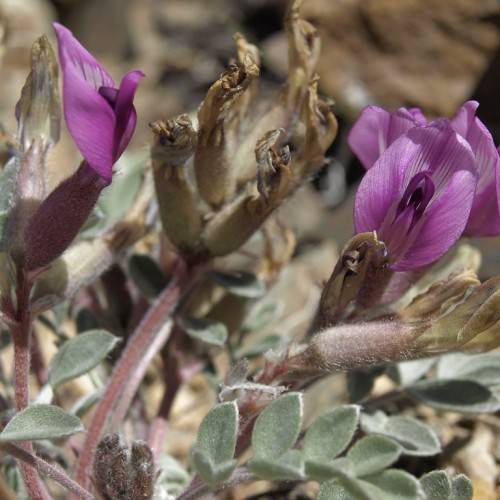
Pursh's Milk Vetch
Astragalus purshii
Also Known As - Woollypod MilkvetchWatering:
Average
Hardiness Zone:
Flowers:
Flowers
Sun:
Sun, Partial Shade
Soil:
Sand
Leaf:
Yes
Growth Rate:
Low
Salt Tolerant:
Yes
Care Level:
Medium
watering
Nutzotin Milkvetch requires regular watering but should not be overwatered. Water when the top half inch of soil begins to feel dry. Avoid letting the soil completely dry out before giving the plant a drink.If the soil becomes very dry, give the plant a deep soak. Water until the soil is saturated and excess water drains from the bottom of the container. Be sure to reduce watering frequency during colder months.
sunlight
Nutzotin milkvetch (Astragalus nutzotinensis) is a semi-shade tolerant plant native to western North America, growing in woodlands and savannas. The species prefers bright, indirect sunlight but will tolerate full, direct light in northern latitudes. During the summer months, this plant will benefit from 6 to 8 hours of direct light per day. In more southern latitudes, however, direct light should be limited to 4 to 6 hours per day. During the winter months, the amount of direct sun should be reduced significantly. Nutzotin Milkvetch should receive indirect light or dappled shade throughout the day, but never be left completely in the dark.
pruning
Nutzotin Milkvetch should be pruned in winter or early spring, just before growth begins. Pruning should be light, with only about 1 third of the plant's total stems removed. This will encourage growth of the remaining shoots, which is desirable for this plant. Pruning should be done carefully and slowly, avoiding branches that are bigger in diameter than a pencil. Cutting too many branches at once can cause permanent damage to the plant. Never prune the plant so severely that it no longer resembles a vigorous, healthy plant.
